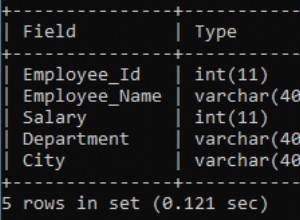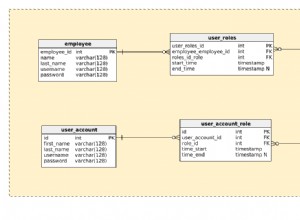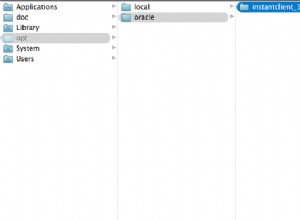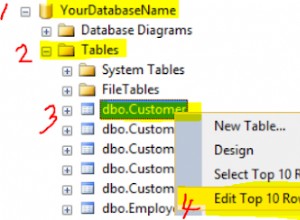Użycie obiektu PDO ułatwiłoby to, mysql_ i tak jest przestarzały:
$db = new PDO($hostname,$username,$password);
$qry = "INSERT INTO table (
Date,
FirstName,
LastName,
StraightHours,
OvertimeHours,
PremiumHours,
TotalHours,
PerDiem
)
VALUES (:date, :firstname, :lastname, :straighthours, :overtimehours, :premiumhours, :totalhours, :perdiem)"; // colon variables will be bound to actual variable
$statement = $db->prepare($query); //prevents injection
// binds variables to place holder in query
$statement->bindValue(':firstname', $firstname);
$statement->bindValue(':lastname', $lastname);
$statement->bindValue(':straighthours', $straighthours);
$statement->bindValue(':overtimehours', $overtimehours);
$statement->bindValue(':premiumhours', $premiumhours);
$statement->bindValue(':totalhours', $totalhours);
$statement->bindValue(':perdiem', $perdiem);
$statement->execute();
$statement->closeCursor();
możesz wykonać dalsze sprawdzanie danych wejściowych za pomocą php przed przekazaniem czegokolwiek do sql poprzez:
trim(strip_tags(htmlentities($firstname)));
PDO jest o wiele prostsze w użyciu i zrozumieniu IMO
AKTUALIZACJA:
AKTUALIZACJA #2:
Aby uzyskać dodatkową funkcjonalność z tablicami na dzień, możesz wykonać:
<input type="text" name="firstname1">
// do this for all fields then
$workingday1 = array();
$workingday1['firstname'] = $_GET['firstname1'];
// etc. for all the other fields
Następnie możesz uzyskać dostęp do pola:
$workingday1 = $_GET['workingDay1']; // or post or however you want to pass it
$firstname = $workingday['firstname'];
Następnie możesz przycinać swoją bazę danych w dowolny sposób. Możesz mieć jedną tabelę ze wszystkimi wartościami i edytować swoje wybory, aby wyświetlić je według pracownika lub dnia lub w/e. Możesz także mieć tabelę dla każdego pracownika, a następnie pobrać z tych tabel i wyświetlić dane w dowolny sposób.




